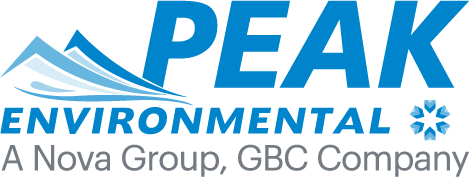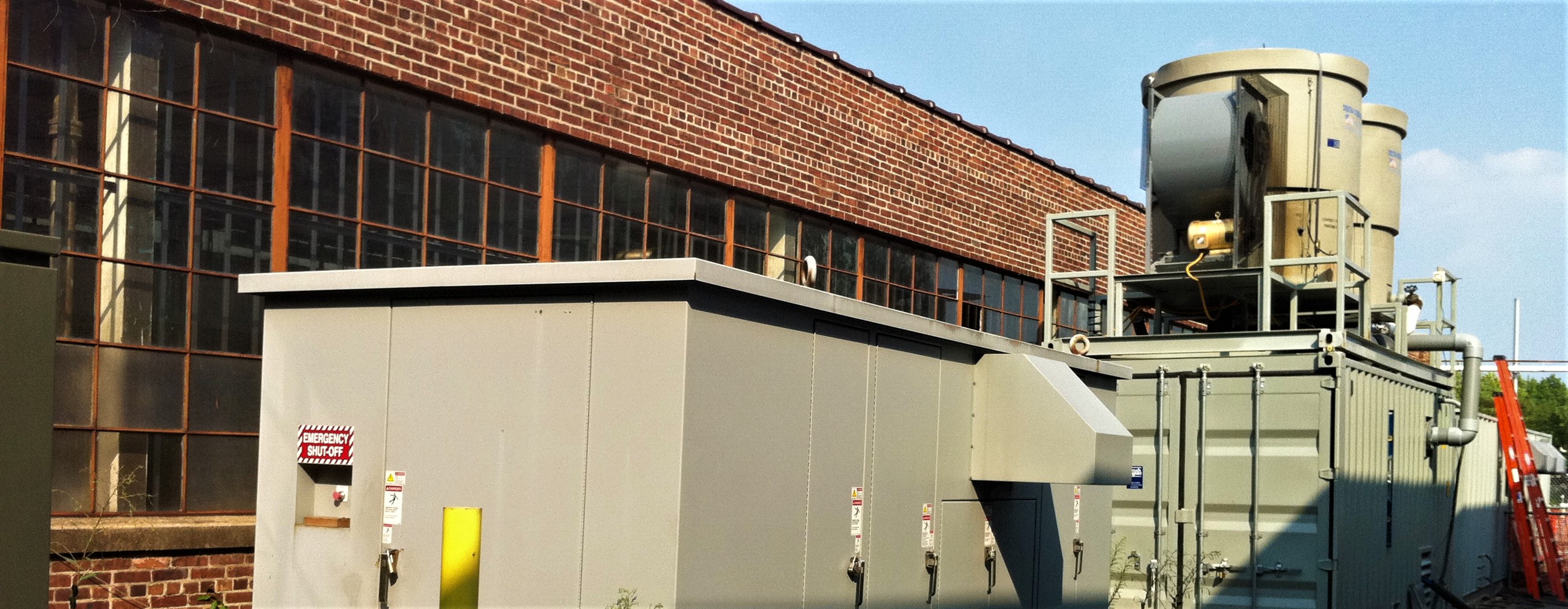Peak has managed the characterization and remediation of CVOCs in soil and groundwater at a former razor blade manufacturing facility since 2013. Discharges during operations in the 1950s and 1960s caused contaminant concentrations in soil and groundwater greater than regulatory standards, with vertical migration into bedrock and horizontal migration beneath adjacent downgradient properties. Previous high-cost attempts to remediate soil and groundwater were unsuccessful, and contamination requiring active remediation remained on site. At the request of the insurance company, Peak developed a comprehensive conceptual site model to support a full remedial alternative analysis and recommended electrical resistance heating (ERH) as the best alternative to maintain regulatory compliance and client goals for a relatively fast remedial action. Peak then developed and executed a remedial action that remediated over 95% of contaminant mass in source area soil and groundwater. The remedial action closed soil, the remainder of groundwater impact is naturally attenuating, subject to monitoring under a permit, and a vapor mitigation system is operating to protect the on-Site building and an off-Site building immediately downgradient.
The system remediated soil to the applicable remediation standards and an unrestricted Response Action Outcome (RAO) was issued for soil. The system also reduced groundwater concentrations to levels allowing transition to Monitored Natural Attenuation (MNA) for remaining groundwater remediation, which is included in a Classification Exception Area (CEA) that extends off-site and is monitored under permit. Background groundwater contamination was confirmed and supports higher remediation goals for the Site. The project also included design, installation and operation of two vapor intrusion mitigation systems to protect receptors.
Similar to project 1, my role was high level management and decision-making for numerous areas of concern during planning, implementation and post-remedial activities. Decisions were necessary for high-cost tasks with technical and regulatory justification to manage on site tasks, as well as actions required to protect indoor air in the adjacent downgradient building. Further, numerous high-level regulatory compliance decisions regarding protection of receptors, vapor intrusion, site-specific soil standards, off-site migration, establishment of upgradient source contribution in three aquifer zones, active remediation requirements, long term obligations, and remediation goals were frequently required.
Peak provided extensive services for this project, including the following.
-
- Environmental Due Diligence
- Industrial Site Recovery Act
- LSRP Services
- Site Investigation Report
- Remedial Investigation Report
- Remedial Action Workplan
- Remedial Action
- In-situ Chemical Oxidation
- Bioremediation
- Hazardous Materials Assessment
- Health and Safety Plan
- Waste Characterization and Management
- PFAS
- Remediation Lifecycle Cost Estimating

